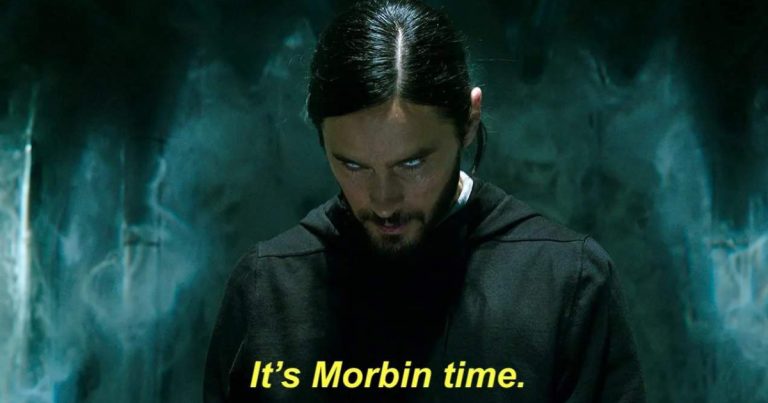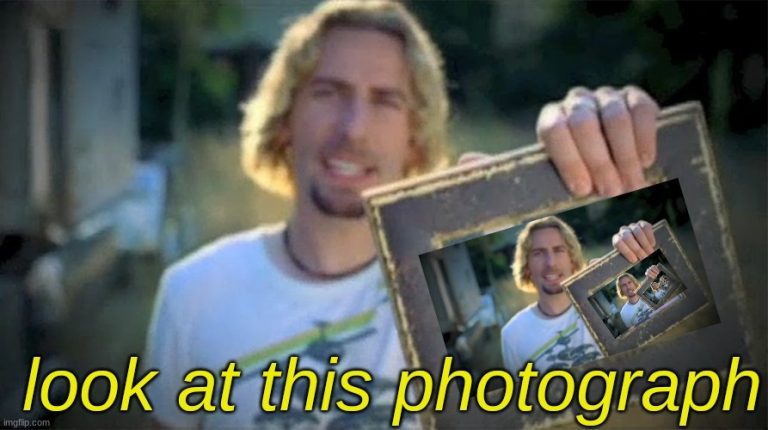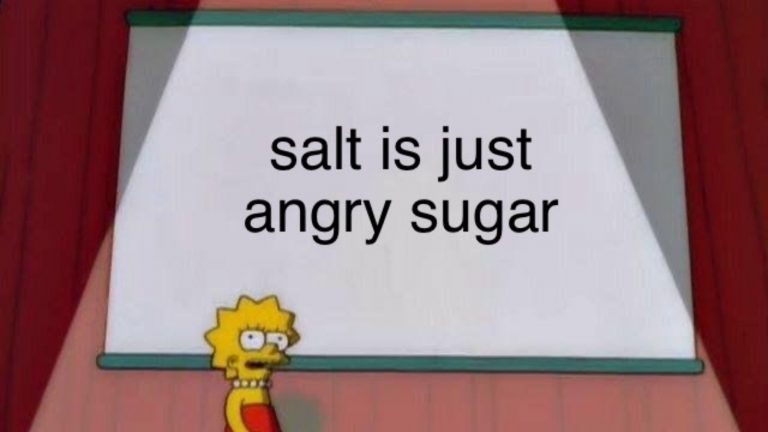From Toy Story To Internet Darkness: How “Evil Woody” Became The Meme We Didn’t Expect
The “Evil Woody” meme twists Sheriff Woody from Toy Story into a sinister, unhinged figure, embodying chaotic energy and corrupted nostalgia.
Born from bootleg figurines and fan art in the early 2010s, it spread across Tumblr, 4chan, Reddit, and Twitter as a “cursed” reaction meme.
Its dark humor, subverting a wholesome character, resonates with Gen Z’s ironic lens, making it a staple in surreal meme culture.
This article explores its origins, meaning, and lasting impact in the world of distorted pop culture.

1. What Is the Evil Woody Meme?
What Does the Meme Depict and How Is It Used?
The “Evil Woody” meme characterizes Woody, the heroic cowboy sheriff from Toy Story, as a disturbing character with an ominous grin or manic face.
Generally, taken from bootleg toys or fan art, the image finds Woody as perverse, sinister, or outright chaotic.
It is used in various methods of internet communication when someone undergoes a phase of dark humor, nostalgic uncertainty, or ironically reacts to something inappropriate, similar to spying on someone or loving chaos.
This meme has a unique ability to disturb while it also amuses.
Is This the Darkest Disney-Adjacent Meme to Go Viral?
Possibly. In a matter of contrived irony, stripping Woody’s wholesome demeanor into something indecent is a very particular type of humor.
It is not normally darker; it’s more interesting and concerning because it juxtaposes a childhood familiarity with an illness of reinterpretation. It is much darker of a concept than other Disney files.
It is the perversion of the animated persona of a childhood icon from entertainment into something terribly ridiculous.
It is this exact absurdity that creates humor, often through shock or awe.
2. Where Did the Evil Woody Meme Come From?
Origin of the Image – Custom Figurines and Fan Art
The meme originates from bootleg or custom Toy Story items, namely the “Revoltech Woody” action figure from Japan, with its ridiculous posable expressions.
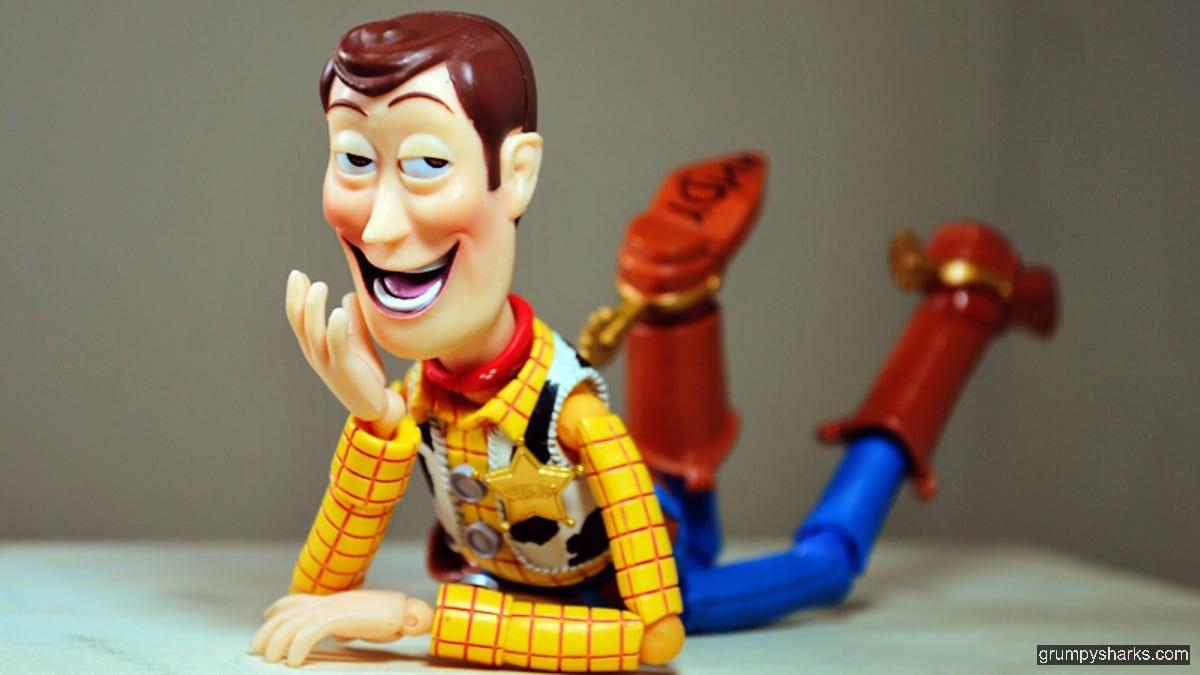
These toys, featuring disturbingly beaming smiles or uncanny pose-ability, lead to fan art that further exemplifies Woody’s creepiness.
Original edits were shared in Japanese forums such as 2ch before it made its appearance on Western meme pages around 2010.
When It Became a Viral Format
“Evil Woody,” as a meme formats, made its rounds on Tumblr and 4chan more frequently in the early 2010s, largely embracing its “cursed” aesthetic.
By 2012, evil Woody was being shared in previously popular, “cursed image” compilations and NSFW humor threads, with interest further buoyed from Reddit’s r/CursedImages subreddit.
Eventually, Twitter reaction accounts used it heavily in their posts, and popularity eclipsed dozens of new eerie Woody images that started to emerge which were, primarily, absurdly dark or ironic humor memes.
3. What Does the Meme Mean and Represent?
Subversion of Innocence
The meme works because it makes Woody seem disturbing rather than innocent, a wholesome character turned unsettling.
The meme references the nostalgia-inducing warmth of Toy Story, transforming it into a meaning about corrupted ideals or the hidden chaos of lack of expectations.
By making a character meant for kids appear deviant, it plays into irony and sarcasm, as the internet loves to seek humor from childlike innocence for adult humor.
How It Fits Into Dark Meme Culture
“Evil Woody” fits within the “cursed meme” genre, where readily recognizable images are altered to provoke discomfort or laughter.
In instances where the meme borrows text written on images similar to “When she says she is home alone” and “Me, watching drama I have no business being in”, Woody’s creepy face is associated with everyday mischievous or chaotic acts of behavior.
Woody becomes a visual shorthand for unhinged responses in places of humor that appreciate dark or sick humor.
4. Popular Meme Formats and Uses
Common Caption Examples
The meme shines with captions that highlight inappropriate or chaotic moments. Examples include:
- “When she says she’s home alone” with Woody peeking ominously.
- “Me after causing drama and pretending I’m innocent.”

These captions, often overlaid on the image, pinpoint moments of guilty pleasure or sneaky behavior, making the meme instantly relatable.
Variants and Edits
“Evil Woody” has inspired countless iterations.
Animated GIFs may only add glowing red eyes and manipulate Woody’s speech, while deepfakes, horror-style parodies, and some critic reimaginings portray Woody as a slasher villain.
On the other hand, many TikTok creators have appropriated this image in commentaries for “rule 34” styles of skating, while fan artists have drawn him with a range of styles from hyper-realistic to cartoonish.
The edits allow the meme to remain interesting and multifaceted.
5. Why Evil Woody Works So Well as a Meme
The Power of Distortion
Part of the meme’s appeal is that it distorts a pop culture icon into something absurd and frightening.
The visual of Woody’s face, which many individuals associate with their childhood, becomes very funny when placed into absurdity or darkness.
It immerses viewers in collective discomfort – it induces laughter and aversion, simultaneously.
Is This Meme Proof the Internet Can Corrupt Anything?
Absolutely. “Evil Woody” is a case study of how the internet corrupts innocence into absurdity.
What we have now is a toy cowboy who has become a symbol of chaos. Meme culture often embraces unexpected contrasts and absurd domains.
The internet can quote “curse” anything, even an innocent icon like Woody, mortally accelerates the internet’s long-term validity.

6. Ethical & Cultural Commentary
The Line Between Parody and Offense
While “Evil Woody” is enjoyable and fun in its mostly child-friendly format, the NSFW versions of “Evil Woody”, particularly when it is a “rule 34” variant has caused discussions.
Some say it is harmless parody, others feel it is out of bounds and pushes nostalgia into the uncomfortable.
The Verge raises several interesting points about the power of memes, and how these memes are frontiers of taste.
Why People Enjoy Corrupted Icons
When I think about Evil Woody, I start with the notion of and a feeling of cathartic irony.
Users are able to gain pleasure in subverting their childhood heroes into villains. This satirical flipping is a way for users to rebel against nostalgia and revel in the absurd.
The surrealist references, as discussed in the Vox article, are indicative of the current generation (Gen Z) being excited to embrace and develop chaotic symbols from wholesome and family-friendly icons.
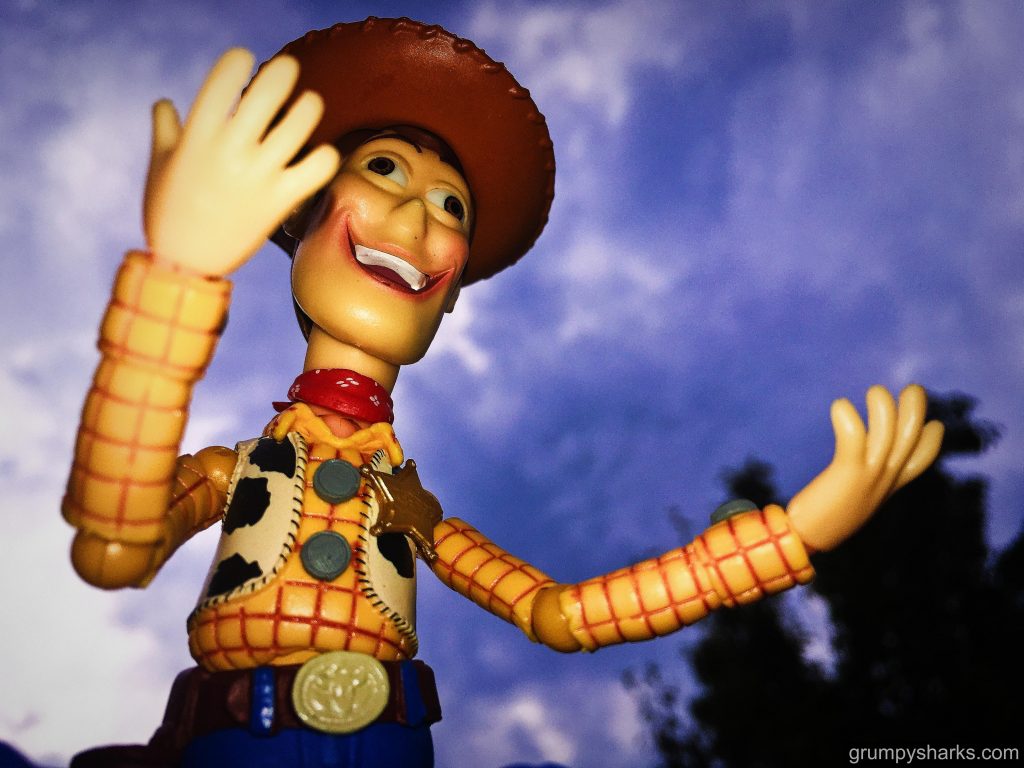
Conclusion
From bootleg toys to viral infamy, the “Evil Woody” meme has carved a unique niche in internet culture.
By twisting a Toy Story icon into a symbol of chaos and irony, it captures Gen Z’s absurdist humor and love for subverting nostalgia.
Spreading across Reddit, 4chan, and Twitter, it thrives on its unsettling charm and versatility.
Whether it’s a creepy grin or a red-eyed GIF, “Evil Woody” proves the internet can turn even the purest heroes into darkly hilarious legends—and it’s here to stay.


